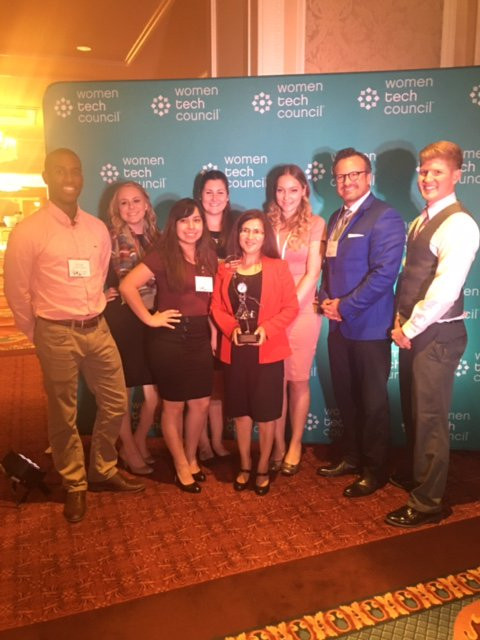Women earn 57 percent of undergraduate degrees, but only 18 percent of degrees in computer and information sciences, according to the National Center for Women and Information Technology (NCWIT). This trend starts before college where girls comprise 56 percent of Advanced Placement (AP) test takers, but only 19 percent of computer science AP test takers.
In the workforce, this discrepancy widens. The National Science Foundation’s 2016 report cited that only about 15 percent of women are part of the engineering and computer science workforce.
What causes this gap? Three Utah women share their observations and opinions on the gap, and what’s being done in the state.
Dr. Shalini Kesar is an Associate Professor at Southern Utah University and leads Southern Utah Aspirations in Computing (SUAIC), a chapter of NCWIT. She said, “I think globally there is a gap…the pipeline is a factor.” Dr. Kesar works both in K-12 and higher education to increase the number of women in that pipeline.
She lists four factors as impacting this pipeline and the gap:
- Perception: Computer science is seen as male dominated. Kesar said, “people think it’s a boring job,” and they don’t always see the arts and other studies involved. This mindset also relates to work/life balance and the belief among some that there’s very long hours with little flexibility in computer science fields.
- Accessibility and awareness: Kesar discussed how women don’t always have awareness of what’s out there. In addition she said, “if you look at the curriculum earlier, it was just for guys.”
- Feelings of Isolation: If there are only a few girls in the class or program, they can feel isolated.
- Lack of role models: There are less women working and teaching in computer science.
By Carrie Rogers-Whitehead, KSL
